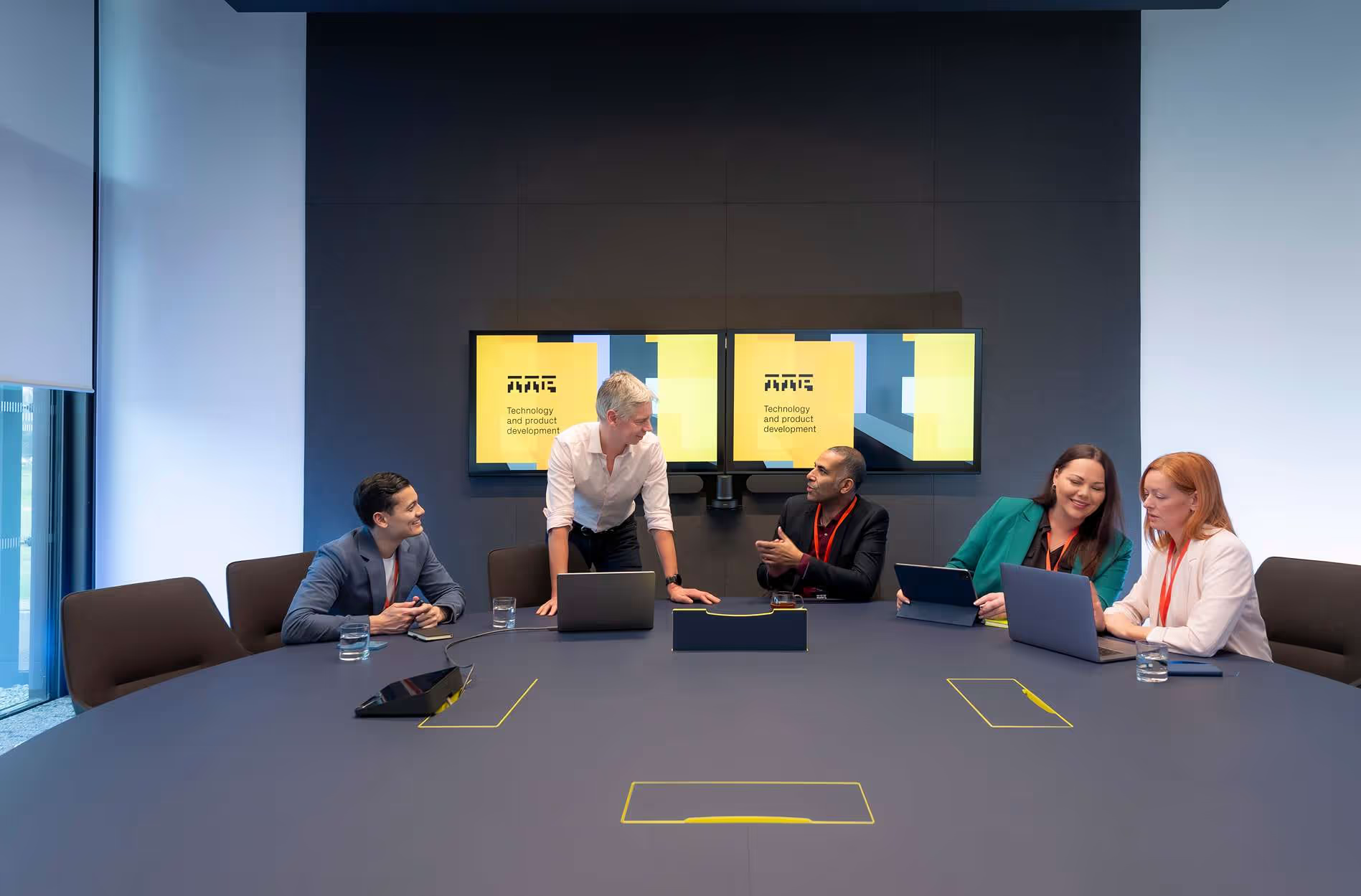
Optimising BLE connectivity in implantable CGMs
Balancing size, power and signal strength.
Implantable continuous glucose monitors (CGMs) face one of the toughest RF challenges: maintaining a reliable Bluetooth® Low Energy (BLE) connection with a smartphone despite severe size, power, and tissue-related constraints.
TTP’s Biosensing team shows how a system-level approach can achieve dependable wireless performance in implantable CGMs and reduce development risk for next-generation biosensing devices.
From miniaturisation to reliable wireless performance
Enabling reliable wireless communication in implantable continuous glucose monitors (CGMs) requires solving a complex set of design trade-offs.
Despite the efficiency gains of Bluetooth® Low Energy (BLE) and advances in micro-batteries, the tight cylindrical form factor of an implant leaves very limited volume for antenna structures.
Performance must also be robust across varying tissue compositions, implant orientations, and real-world use scenarios.
By integrating electromagnetic modelling, tissue phantoms, and antenna miniaturisation techniques our Biosensing team have demonstrated that dependable BLE connectivity can be achieved within these stringent constraints.
Learn more about the design decisions and validation methods behind this work in our e-book.

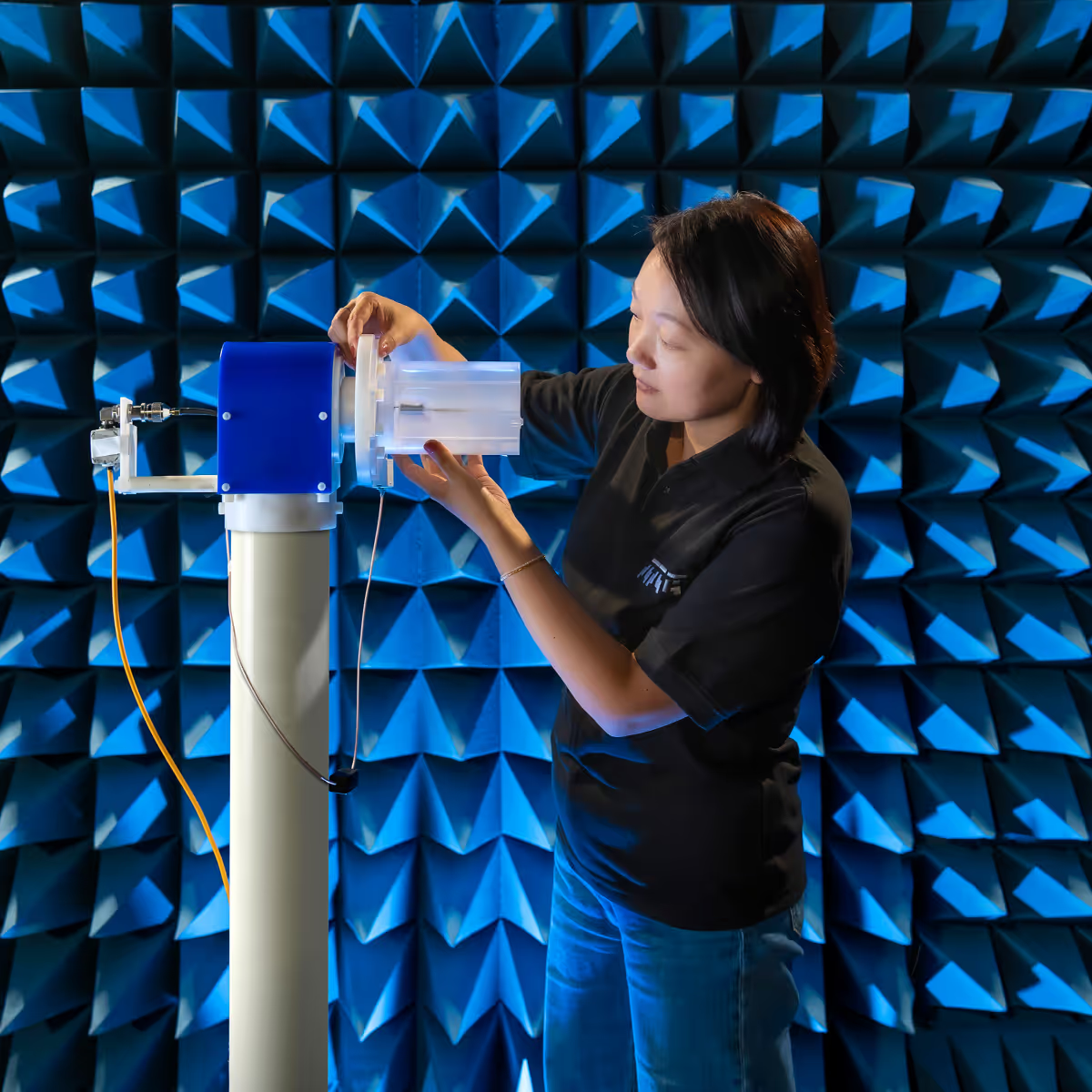

Designing for reliability, from day one
Achieving reliable wireless communication inside the body demands more than antenna optimisation - it requires precision engineering at every level.
TTP’s Biosensing team developed two prototype implantable CGM antennas, a planar meandered loop and a helical design, each balancing size, power, and signal performance to prove dependable Bluetooth® Low Energy (BLE) connectivity is achievable even under extreme constraints.
By validating performance across diverse tissue types, implant positions, and real-world scenarios, the team demonstrated how a cross-disciplinary, model-driven approach can de-risk development and accelerate progress toward manufacturable, commercially viable implantable CGMs.
Download the e-Book
Explore how early integration of RF, mechanical, and power considerations can accelerate development and deliver reliable performance.
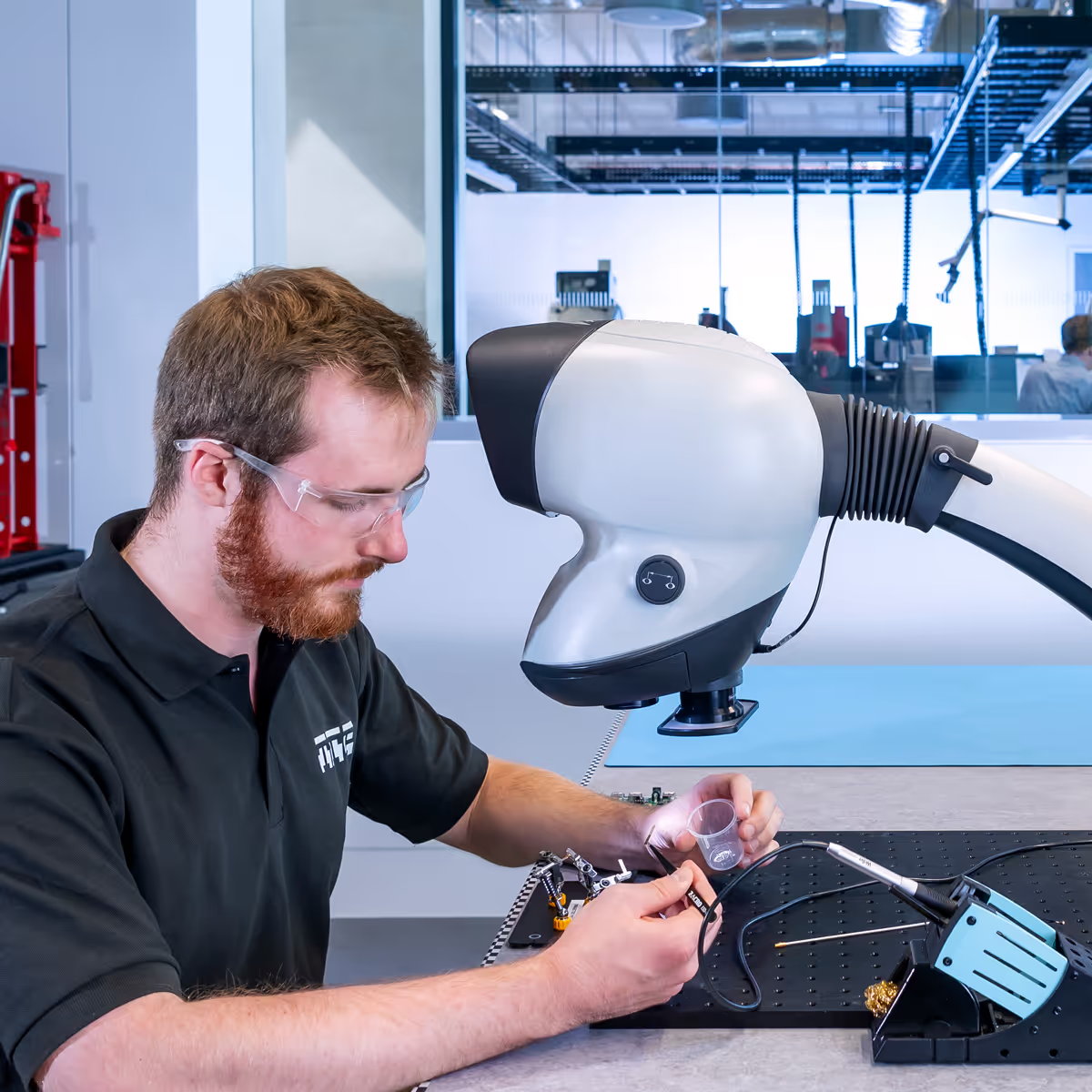

Miniaturising antennas for implantable CGMs
While advances in low-power electronics and battery technologies have enabled smaller implantable devices, designing Bluetooth® Low Energy (BLE) antennas for implantable continuous glucose monitors (CGMs) remains constrained by trade-offs between size, efficiency, and signal loss through body tissue.
To address these challenges, leveraging cross-disciplinary expertise, our team has combined multidisciplinary expertise to develop two robust prototypes that maintain reliable connectivity across diverse real-world scenarios.
Here, we share how these approaches are helping unlock the next generation of implantable CGMs.
Meet us at
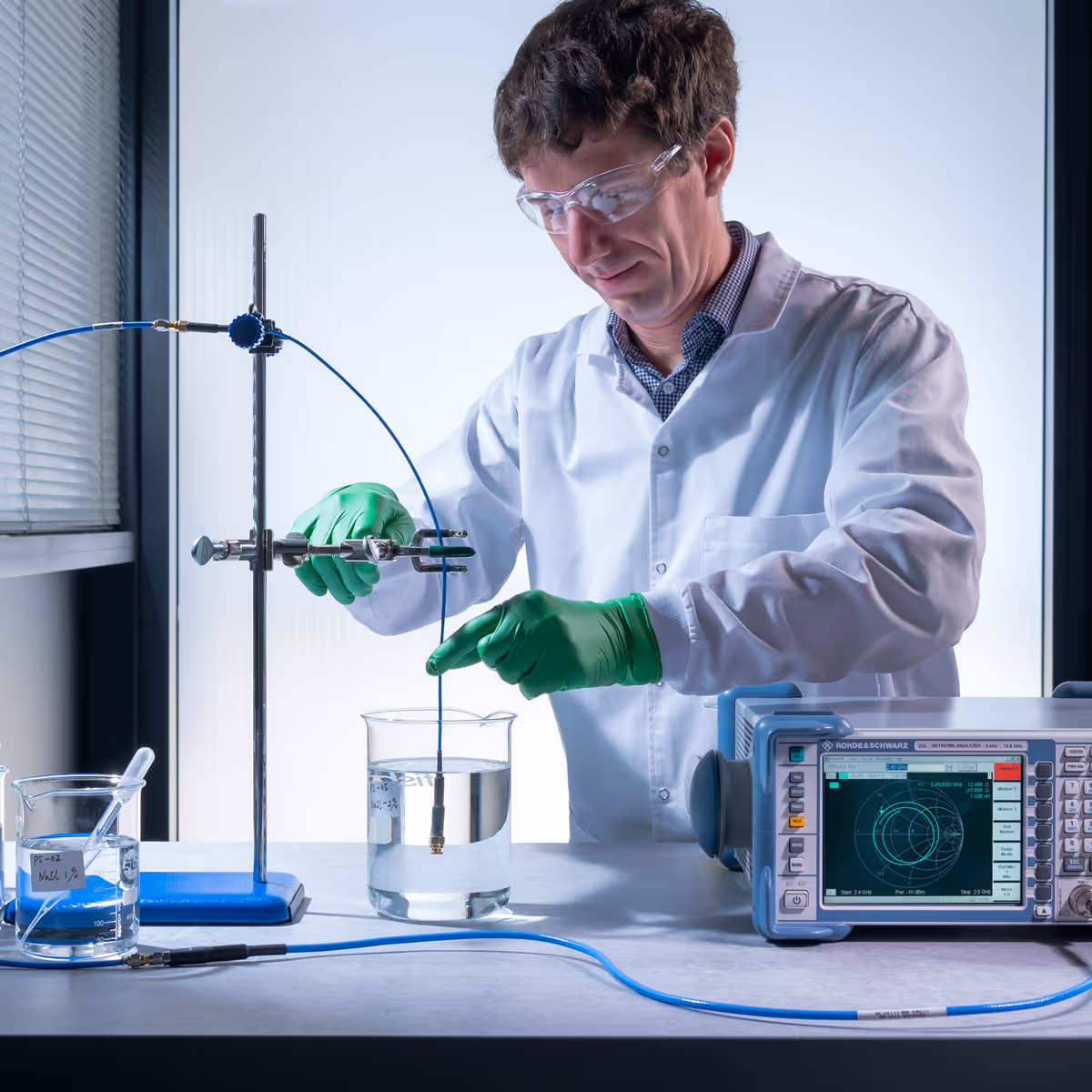

Testing and validating antennas for implantable devices
Designing antennas for implantable continuous glucose monitors (CGMs) requires navigating complex tissue environments and ensuring reliable performance across human variation.
Overly complex models and test setups can slow development. TTP’s Biosensing team applied streamlined tissue models, pragmatic body phantoms, and careful test setups to eliminate errors.
This approach allowed the team to validate antenna performance efficiently and robustly, accelerating the path toward the next generation of implantable CGMs.
Discover more about our approach to testing implantable CGM antennas.


Designing for the real world
In this video, Simon and Qing from our Biosensing team explain why achieving reliable Bluetooth connectivity inside the body is far more complex than just optimising an antenna.
It requires understanding the whole system in real-world conditions. From tissue modelling and electromagnetic simulations to rigorous prototyping and RF testing, they show how TTP helps clients design antennas that perform reliably across different patients and scenarios.
By addressing design trade-offs early and validating performance with advanced testing, TTP enables medical device teams to move faster, reduce risks, and deliver dependable implantable technologies.
Our approach and capabilities
We deliver across the entire life of a project, from opportunity discovery to production engineering. Discover how our interdisciplinary teams of experts collaborate to tackle the toughest product development challenges.
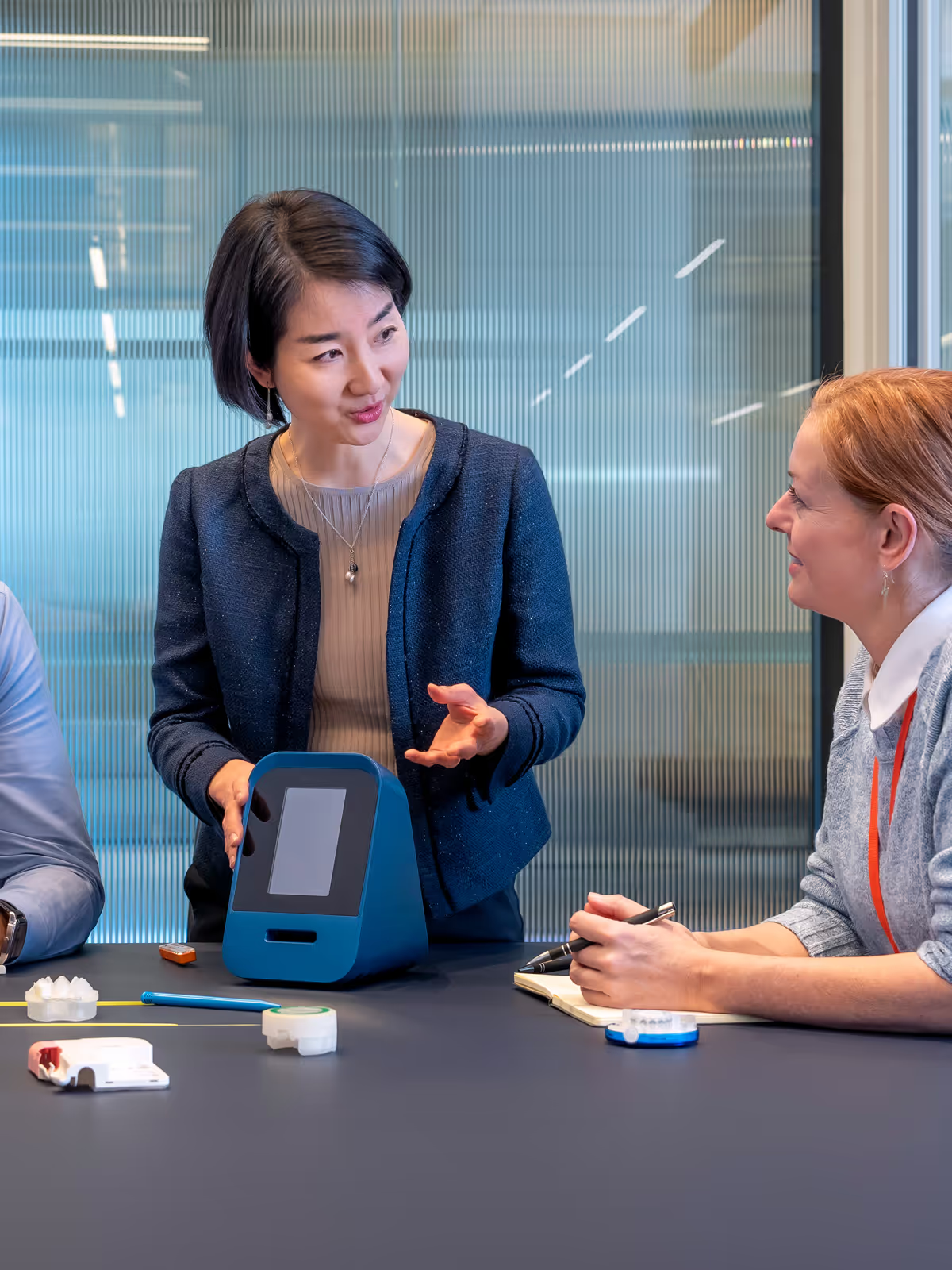
Our campus and facilities
Our award-winning campus has been designed with a clear vision. To create space which can suport our people and our clients as we develop and deliver the very best technology solution.

Software capability at TTP
Engaged in all stages of software and product development, our software capability at TTP covers the full spectrum—from in-depth analysis and system architecture to prototype design, implementation, and test development.

Manufacturing capability at TTP
Working seamlessly with our development teams, we take clients' products through prototype builds, clinical trials, pilot manufacture and more. Using TTP Manufacturing reduces uncertainty, risk and time to market for our clients.
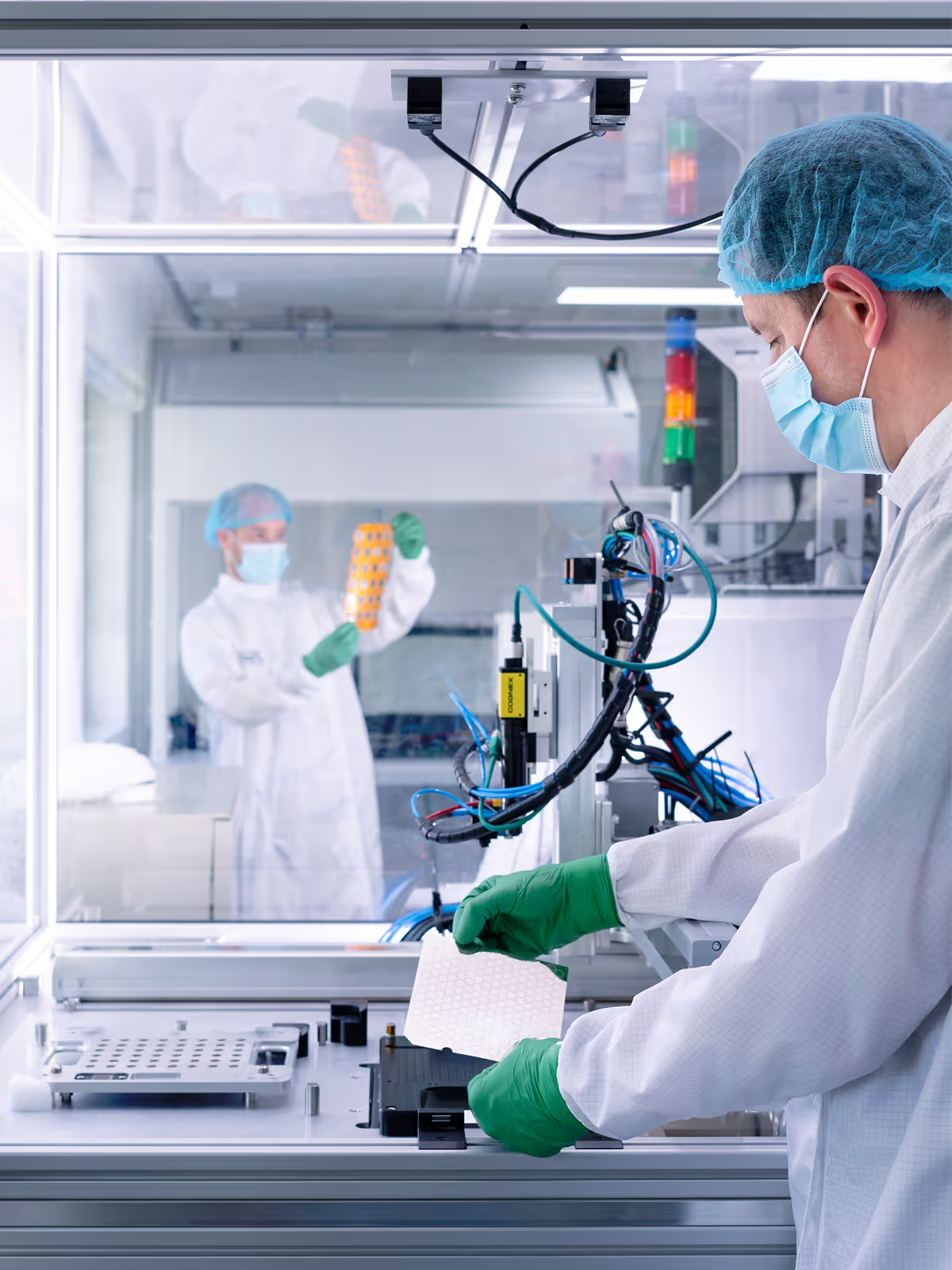
Meet some of the team

Simon Calcutt

Qing Liu

James Gooch
Talk to us about your next project
We help clients with all stages of their most complex and challenging technology and product development projects.
If you're considering the next steps along your innovation journey, why not get in touch?
